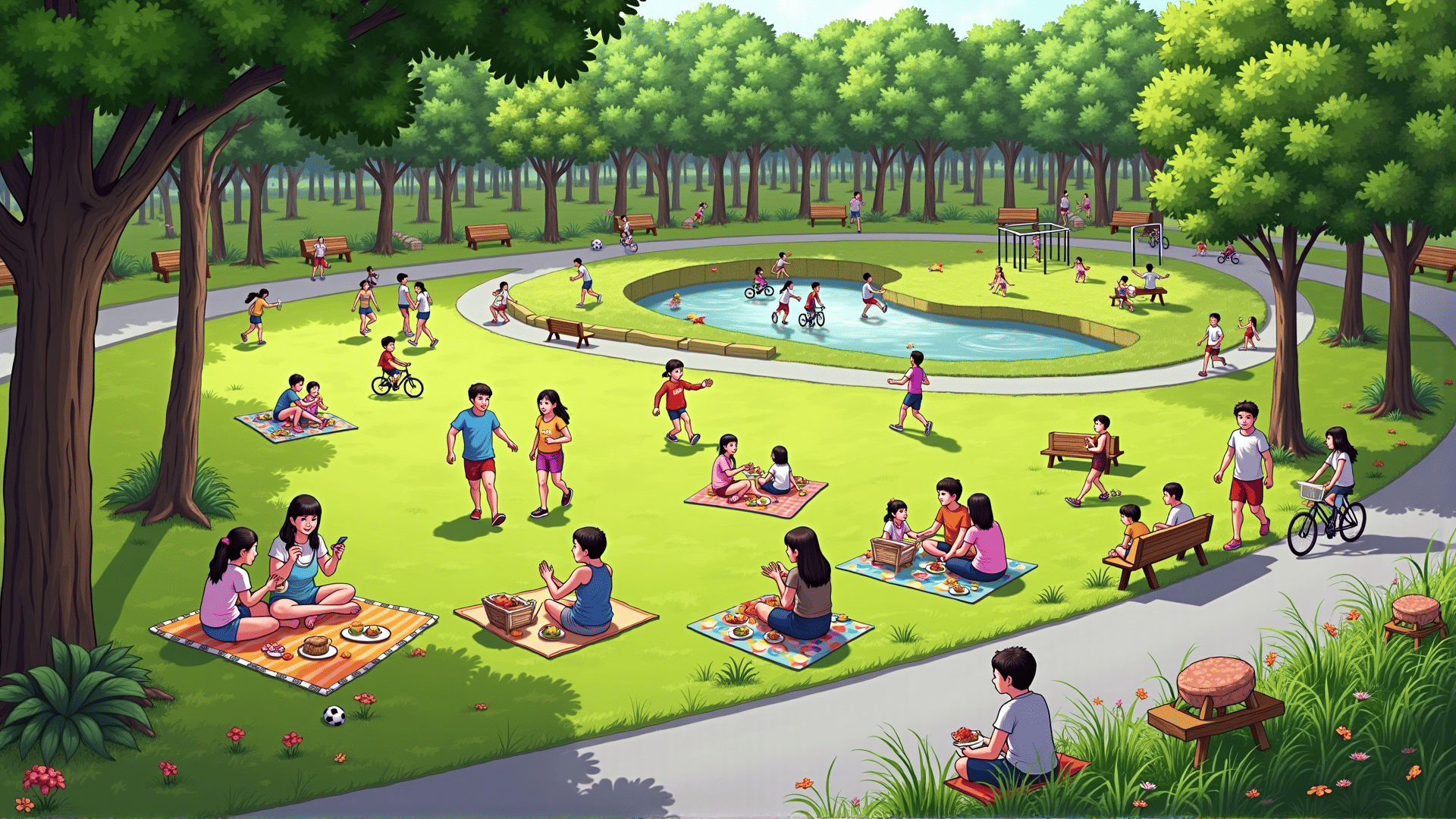Urban areas around the world are embracing a refreshing trend: the development of green spaces and urban parks. This initiative is playing a pivotal role in enhancing community well-being and leisure by providing city dwellers with vital access to nature and recreational areas. The introduction of these verdant havens is transforming concrete jungles into healthier, more livable spaces, offering numerous benefits for the inhabitants.
One of the primary advantages of increasing green spaces is the improvement in mental and physical health. Studies have shown that spending time outdoors, surrounded by nature, can significantly reduce stress, anxiety, and depression. Parks provide a serene atmosphere where individuals can unwind, meditate, or enjoy activities such as walking, jogging, and yoga. This access to nature is essential in counteracting the hustle and bustle of urban life, leading to a more balanced lifestyle.
Moreover, urban parks serve as excellent venues for social interaction and community building. They offer a common ground where people from diverse backgrounds can come together, fostering a sense of belonging and community spirit. These spaces often host events, festivals, and gatherings, encouraging residents to connect and engage with one another. By providing places for leisure and relaxation, green spaces help in knitting the social fabric tighter.
In addition to the social benefits, green spaces contribute significantly to the ecological health of urban environments. Plants and trees within these areas play a crucial role in improving air quality by absorbing pollutants and producing oxygen. They also help in regulating temperatures, offering a natural cooling effect that can mitigate the urban heat island phenomenon. Such environmental contributions lead to more sustainable and resilient cities.
The development of urban parks also includes the incorporation of recreational facilities and playgrounds, making them accessible and enjoyable for people of all ages. From sports fields and bike paths to picnic areas and gardens, these features ensure that everyone can find something they enjoy. This accessibility encourages people to spend more time outdoors, leading to a more active lifestyle.
Furthermore, the aesthetic appeal of green spaces enhances the visual landscape of cities, making them more attractive places to live and work. Beautifully designed parks with a variety of flora and fauna provide not only recreational benefits but also a feast for the eyes, enriching the urban experience.
Community involvement in the planning and maintenance of these parks is another crucial element of their success. Engaging local residents in the process ensures that the spaces reflect the needs and desires of the community, resulting in higher usage rates and a sense of ownership among residents. Volunteer programs, workshops, and educational activities further empower communities to take an active role in preserving these vital resources.
In conclusion, the creation of green spaces and urban parks is a transformative initiative that promotes well-being, enhances social connections, and supports environmental sustainability. As cities continue to grow and evolve, the preservation and expansion of these natural havens will be indispensable in creating thriving urban landscapes for future generations.
